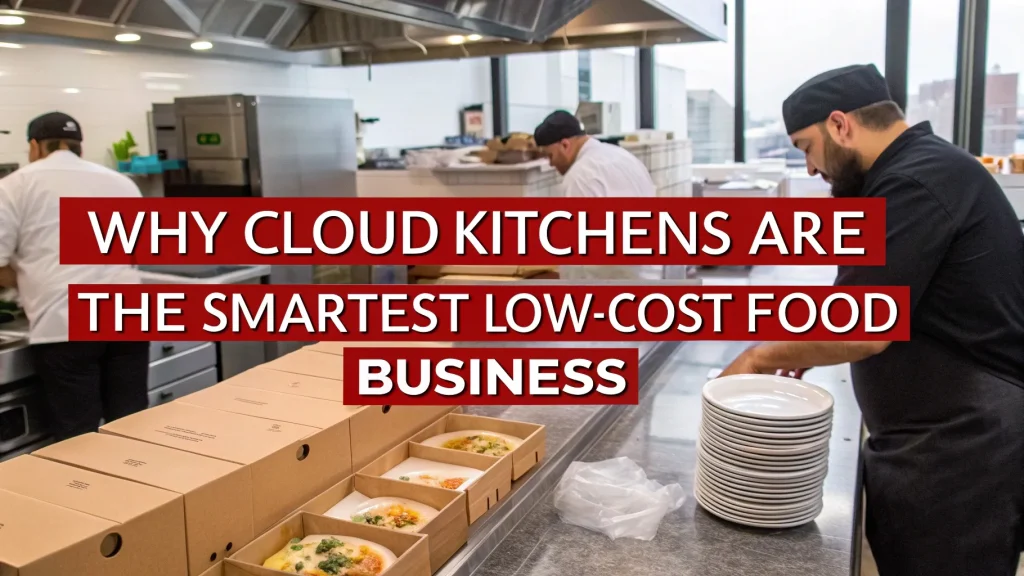The global demand for dry fruits is experiencing a robust surge due to increasing health consciousness, urbanization, and changing food preferences. Entrepreneurs and investors are rapidly identifying the immense potential of the dry fruits processing industry. From almonds to cashews, raisins to walnuts, processed dry fruits have found extensive application in households, bakeries, confectionery, and the ready-to-eat food sector. Starting a dry fruits processing business today is not only a profitable move but also a step toward catering to a growing market with sustainable long-term demand.
Understanding the Dry Fruits Processing Business Model
The dry fruits processing industry involves the cleaning, drying, grading, packaging, and sometimes roasting or flavoring of fruits. Processing increases shelf life, enhances flavor, and adds value to raw agricultural produce. Whether you aim to cater to local markets or export globally, the business model can be customized to suit different scales of operation.
Types of Dry Fruits You Can Process
A successful processing unit often includes a variety of high-demand dry fruits such as:
-
Almonds – Widely used in desserts, health mixes, and snacks.
-
Cashew Nuts – Consumed directly or used in gravies and sweets.
-
Raisins – Essential in baking, snacking, and energy bars.
-
Pistachios – Preferred for flavoring and garnishing.
-
Walnuts – Integral to healthy diets due to Omega-3 content.
-
Dates – Used in sweets, cereals, and as sugar substitutes.
Each of these items has different processing requirements, which need specialized machinery and handling.
Steps in Dry Fruits Processing
Setting up a dry fruits processing unit involves several critical steps:
-
Sourcing Raw Fruits: Procuring high-quality produce from trusted farmers or suppliers is the foundation of the business.
-
Cleaning and Sorting: Removal of foreign particles and defective fruits using automated or manual techniques.
-
Drying/Dehydration: Employing solar drying, hot air drying, or freeze-drying to remove moisture without losing nutrients.
-
Grading and Roasting: Sorting fruits by size, texture, or quality; roasting may be done plain or with flavors.
-
Flavoring and Salting: Adding spices or salt based on market demand.
-
Packaging: Hygienic packaging in vacuum-sealed or nitrogen-flushed packets to retain freshness.
-
Labeling and Branding: Vital for creating brand identity and complying with food safety regulations.
Infrastructure and Equipment Requirements
To establish a fully functional dry fruits processing unit, the following infrastructure and equipment are required:
-
Washing Machines
-
Dryers or Dehydrators
-
Grading Machines
-
Roasters and Flavor Mixers
-
Weighing and Packaging Machines
-
Storage Area with Humidity Control
-
Cold Storage Facility (Optional for Premium Quality)
The size and scale of machinery will depend on whether your business is micro, small, medium, or large-scale.
Licenses and Legal Requirements
To legally operate a dry fruits processing unit, ensure compliance with:
-
FSSAI License – Mandatory for all food-related businesses.
-
GST Registration – Required for tax compliance and interstate trade.
-
Udyam Registration – For MSME benefits.
-
Trade License – Issued by local municipal authorities.
-
Pollution NOC – In case of large-scale operations.
-
BIS Certification (Optional) – For credibility and export eligibility.
Manpower and Skilled Labor
A medium-scale dry fruits processing unit requires:
-
Machine Operators
-
Quality Control Experts
-
Packaging Staff
-
Logistics and Inventory Managers
-
Sales and Marketing Professionals
Hiring skilled professionals ensures efficiency, safety, and consistent product quality.
Marketing and Sales Strategies
An effective marketing plan helps in penetrating both domestic and international markets:
-
Branding: Develop a clean, healthy, and premium brand image.
-
Online Presence: Set up a website, run paid ads, and use SEO strategies.
-
Retail Distribution: Partner with supermarkets, grocery stores, and online platforms.
-
Export Strategy: Leverage export promotion councils and global expos.
-
Social Media: Leverage Instagram, Facebook, and YouTube to showcase product recipes, health benefits, and behind-the-scenes operations.
Investment and Profit Margins
The initial investment for a small to medium-scale unit ranges between ?20 lakhs to ?50 lakhs, including machinery, labor, licenses, and infrastructure. The profit margins in dry fruits processing can range from 20% to 35%, depending on sourcing, branding, and market reach.
Bulk selling to wholesalers yields lower profit but ensures volume sales, while branded retail packs offer higher margins but require better marketing.
Challenges in Dry Fruits Processing
Despite the promising outlook, the industry faces several challenges:
-
Seasonal Availability of Fruits
-
High Initial Capital Investment
-
Price Fluctuations in Raw Material
-
Storage Issues in Humid Conditions
-
Maintaining Quality Standards Across Batches
These challenges can be mitigated through long-term supplier contracts, diversification, and automation.
Scope for Export and Global Demand
India is one of the leading producers of dry fruits, especially cashews and raisins. The export market is vast, with high demand in the Middle East, North America, and Europe. With proper certifications like HACCP, ISO, and Organic Certifications, your brand can tap into lucrative global markets.
Packaging plays a major role in exports, as international clients demand eco-friendly, tamper-proof, and hygienic packaging solutions. Additionally, digital traceability is becoming important in global supply chains.
Sustainability in Dry Fruits Processing
Modern consumers are highly conscious of sustainability. Use eco-friendly packaging, solar-powered dryers, and zero-waste policies to enhance your brand image. Reusing peels and discarded parts for composting or animal feed reduces waste and creates by-products for additional income.
Future of the Dry Fruits Industry
The dry fruits processing sector is evolving rapidly. Trends include:
-
Flavored Dry Fruits (e.g., chili almonds, honey-roasted cashews)
-
Organic and Chemical-Free Processing
-
Ready-to-eat Snack Packs
-
Combo Packs with Health Mixes
-
Subscription-Based Delivery Models
With rising disposable incomes and a shift toward healthy snacking, the sector is bound to grow further in the next decade.
Conclusion
Launching a dry fruits processing business today offers tremendous growth potential, especially if you focus on quality, innovation, and branding. With the right infrastructure, skilled team, and market strategy, you can build a resilient, profitable enterprise that meets the needs of modern health-conscious consumers.
Visit the page Select and Choose the Right Business Startup for You for sorting out the questions arising in your mind before starting any business and know which start-up you can plan. We, at NPCS, endeavor to make business selection a simple and convenient step for any entrepreneur/startup. Our expert team, by capitalizing on its dexterity and decade’s long experience in the field, has created a list of profitable ventures for entrepreneurs who wish to diversify or venture. The list so mentioned is updated regularly to give you a regular dose of new emerging opportunities.




